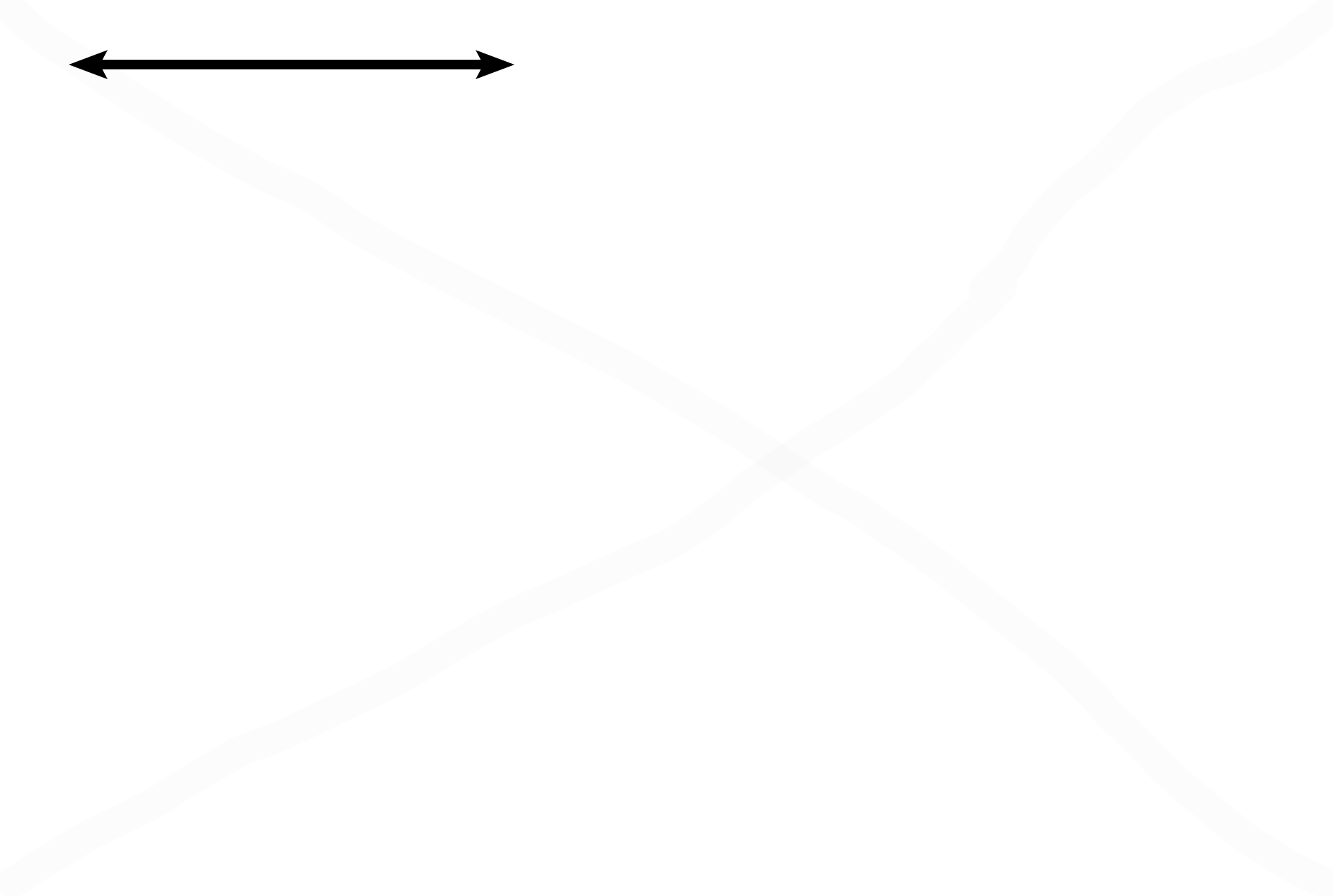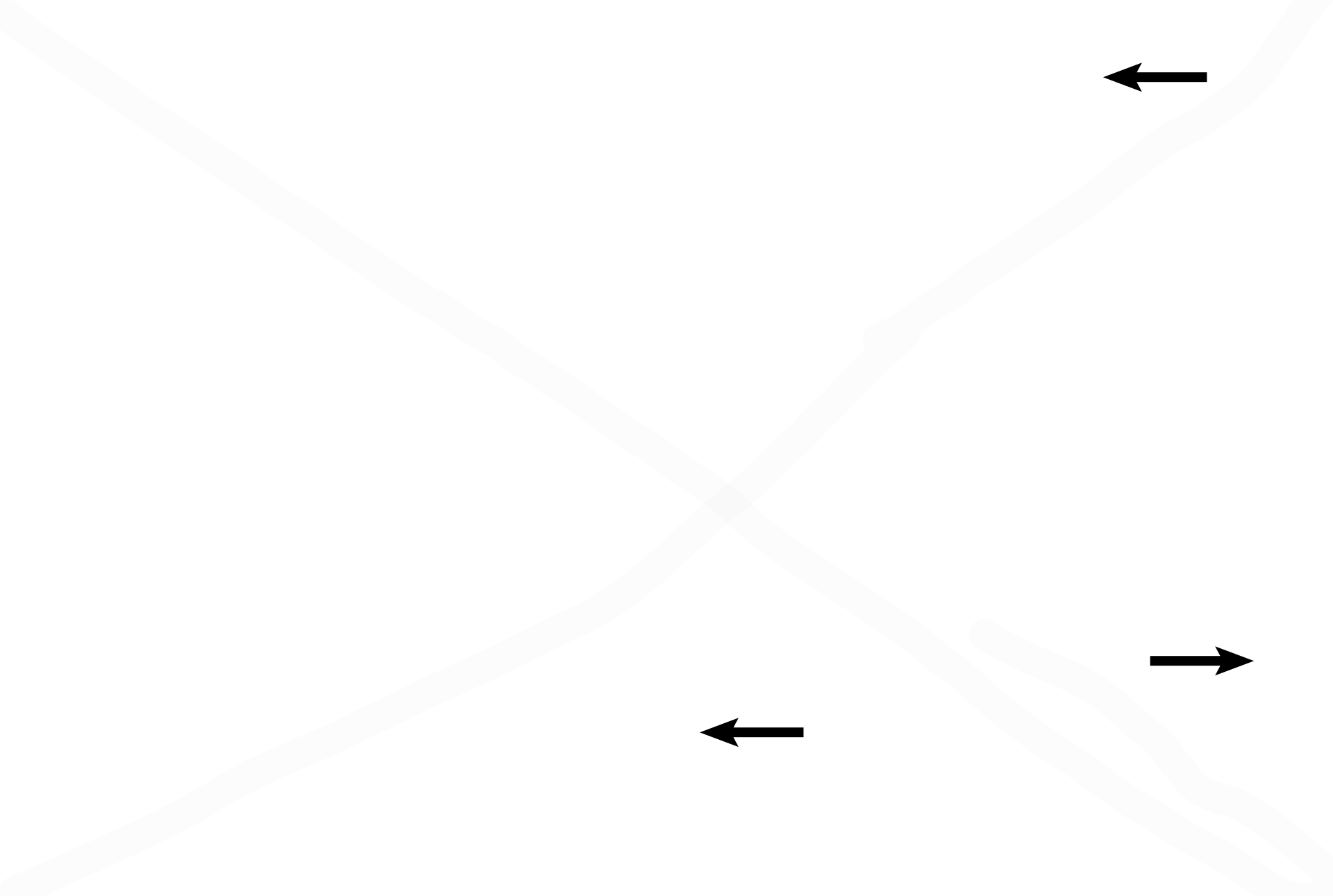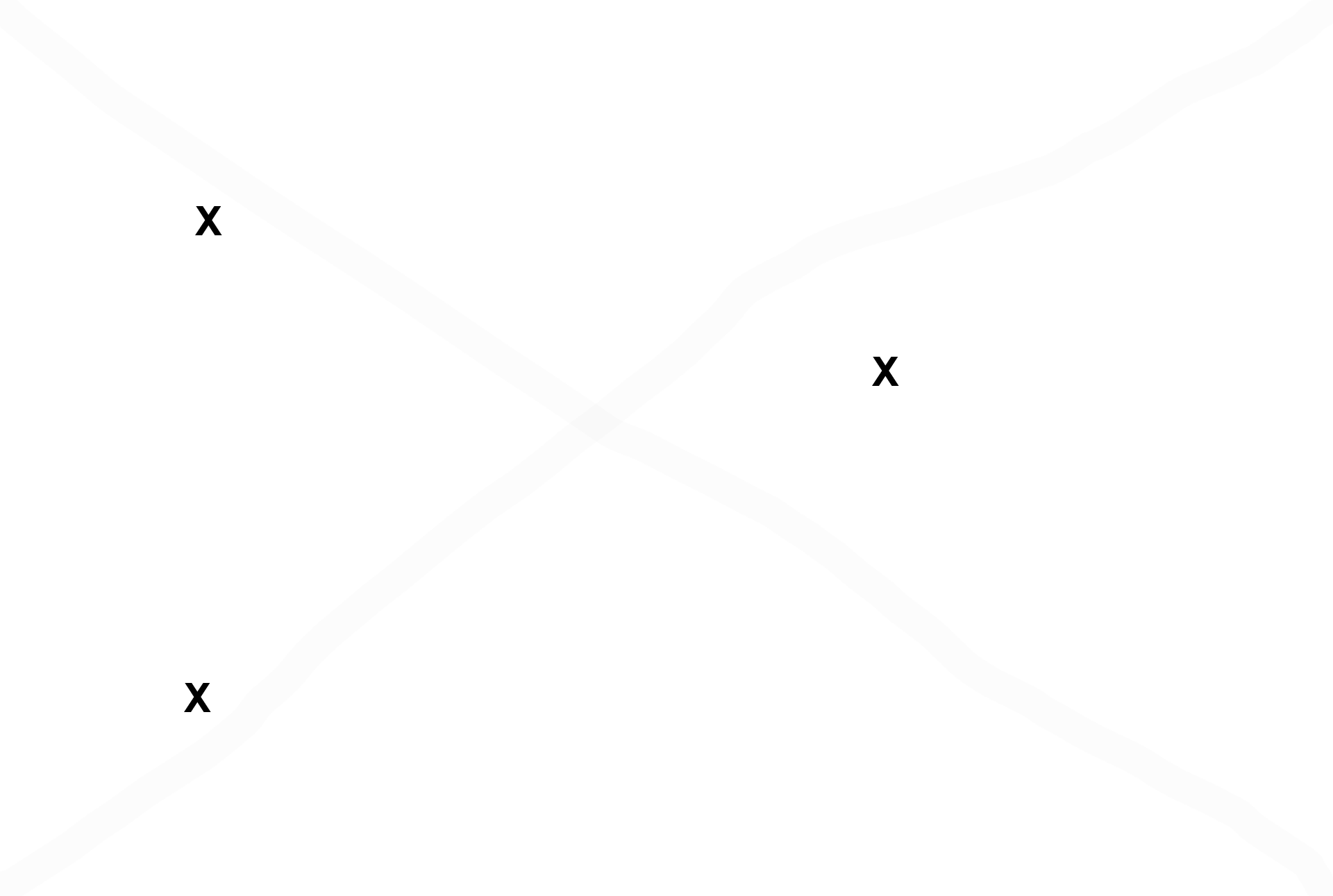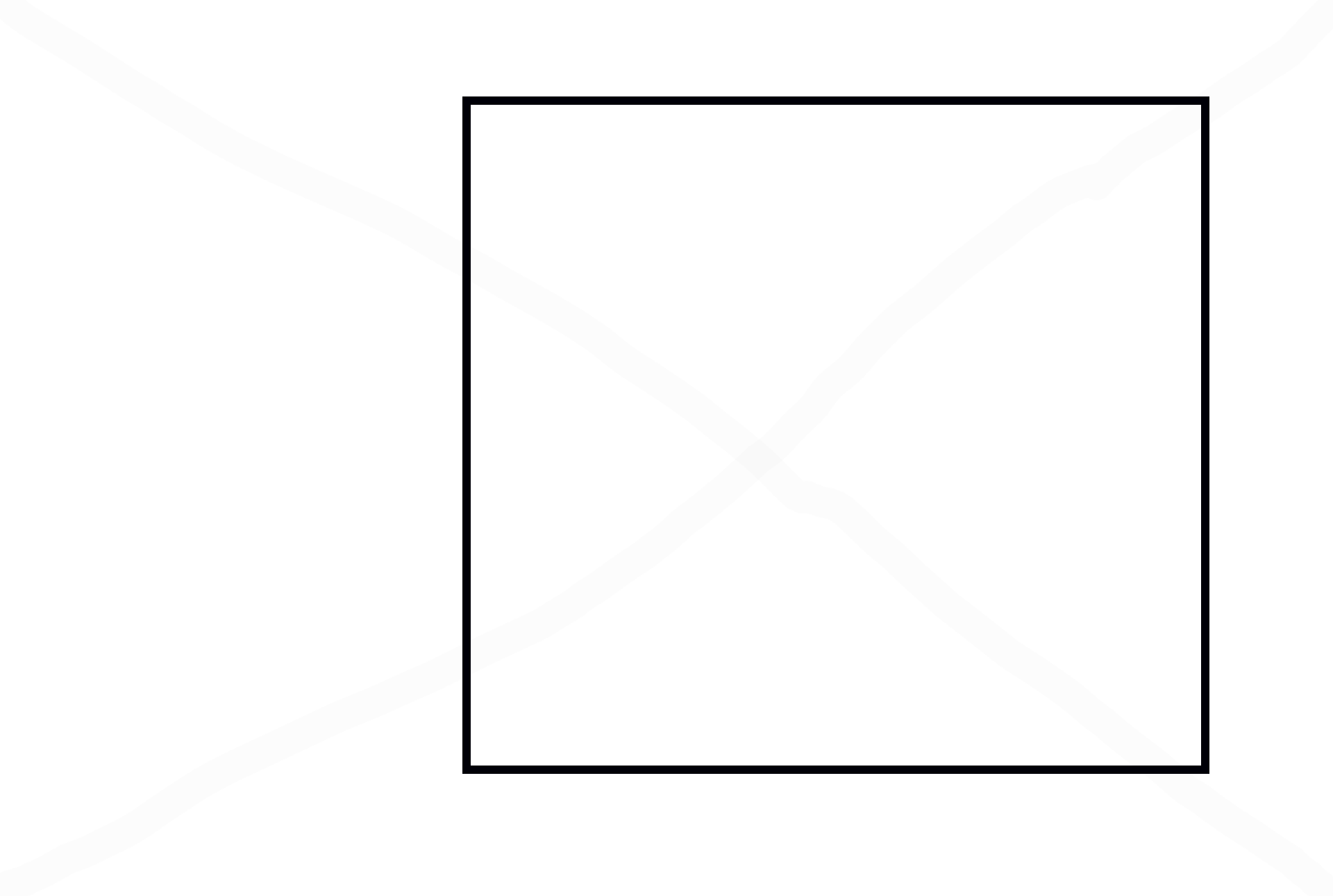
Bone remodeling
During bone growth and remodeling, areas of spongy bone will be converted to compact bone. On the left is the woven bone of the periosteal collar (developing diaphysis). The large space in the middle of the field was formed in the epiphyseal plate as chondrocytes died, leaving behind cylinders of calcified cartilage on which bone was deposited. 400x

Periosteal collar >
The periosteal collar forms by intramembranous ossification from the periosteum of a developing long bone. This woven bone will eventually be remodeled into the compact lamellar bone of the adult diaphysis.

Calcified cartilage >
Blue-staining calcified cartilage forms the cylindrical framework on which woven bone was deposited. The presence of these calcified remnants indicates that these areas were formed in the epiphyseal plate during endochondral ossification.

Woven bone >
Woven bone was deposited on the calcified cartilage spicules in the zone of ossification during endochondral ossification.

Blood vessels >
Bone is a very vascular tissue, and each of the three spaces illustrated here contains a blood vessel.

Endosteum >
Each internal space is lined with an endosteum.

Bone deposition >
If this area were to become compact bone of the diaphysis, the endosteum would deposit lamellae at the perimeter of the large cylindrical space, decreasing its diameter. Lamellar deposition would continue inwardly (centripetally), forming an osteon. Such an osteon, therefore, would be surrounded by the woven bone-calcified cartilage framework of the cylinder.

Next image
The next image illustrates how this area would look if it were filled in by an osteon.